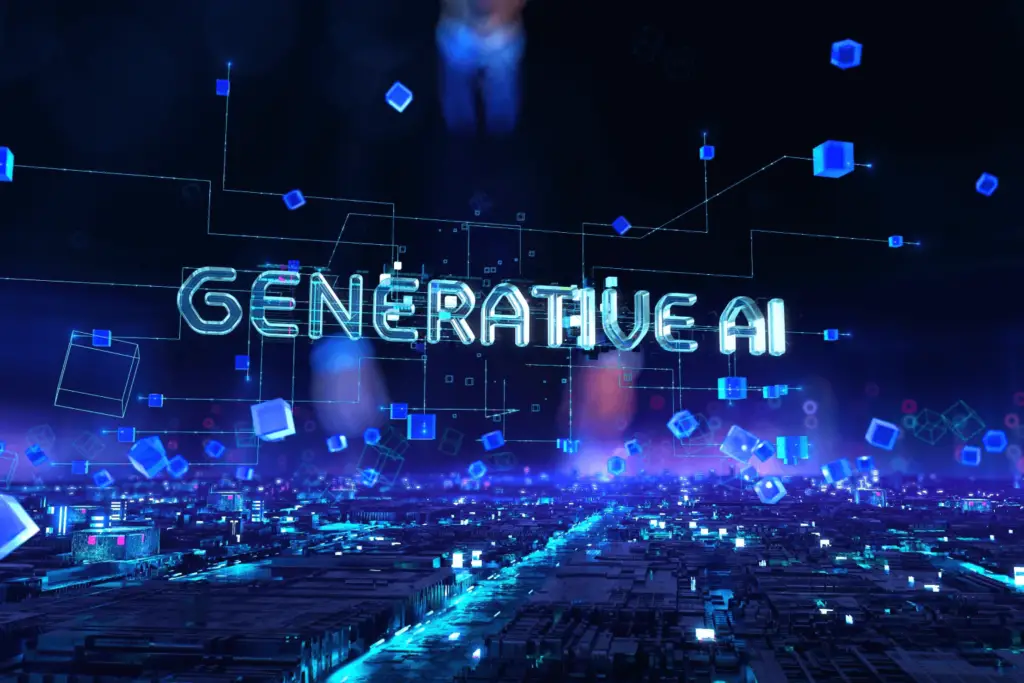To make it simpler and faster for humanoid robots to perform multiple tasks, researchers at MIT are developing a technique known as policy composition (PoCo), which combines generative AI models with current learning methods.
The majority of news about humanoid robots has focused on the development of the hardware, which makes sense. Given that those developing these systems frequently refer to them as “general purpose humanoids,” it is important to focus more on the first aspect.
Transitioning from single-use systems to more general ones after decades of use will be a significant change. We’re still not there.
Researchers have been diligently striving to create an intelligent robot capable of utilizing the extensive range of movements enabled by a humanoid design based on two legs.
Many individuals are now keenly interested in exploring the application of generative AI in robotics. MIT has done some new research that says the second could have a big effect on the first.
Training people to use general-purpose systems is a big part of getting them to work. When we teach people how to do different jobs, we know exactly what works best.
While robotics approaches are diverse, some appear promising. Many of them look like beneficial ideas, like imitation learning and reinforcement learning. But the best future solutions will likely be a mix of these methods, with generative AI models added on top of them.
The MIT team believes that combining useful data from these small datasets, each used for a single task, would be extremely beneficial. The method is called policy composition (PoCo). The robot has to do useful things as part of a task, such as drive a nail home and flip things over with a spatula.
The school says researchers teach a different diffusion model a plan, or policy for using a single dataset to finish a single task.
Next, they created a single rule that allows the robot to perform multiple tasks in multiple locations by combining the rules that the diffusion models had taught them.
Adding Diffusion Models Makes Tasks 20% Easier
MIT says that adding diffusion models makes things 20% easier to do. This includes the ability to perform tasks that require multiple tools and the ability to learn new tasks. The system can combine useful data from various datasets into a sequence of steps required to complete a task.
The lead author of the paper, Lirui Wang, says, “One of the good things about this approach is that we can combine policies to get the best of both worlds.” It’s possible for a policy trained on real-world data to be more dexterous, whereas a policy trained on simulation data could be more general.
The purpose of this work is to create smart systems that allow robots to switch between tools to perform different tasks. A multitude of multipurpose systems would propel the industry closer to achieving its ultimate goal.

